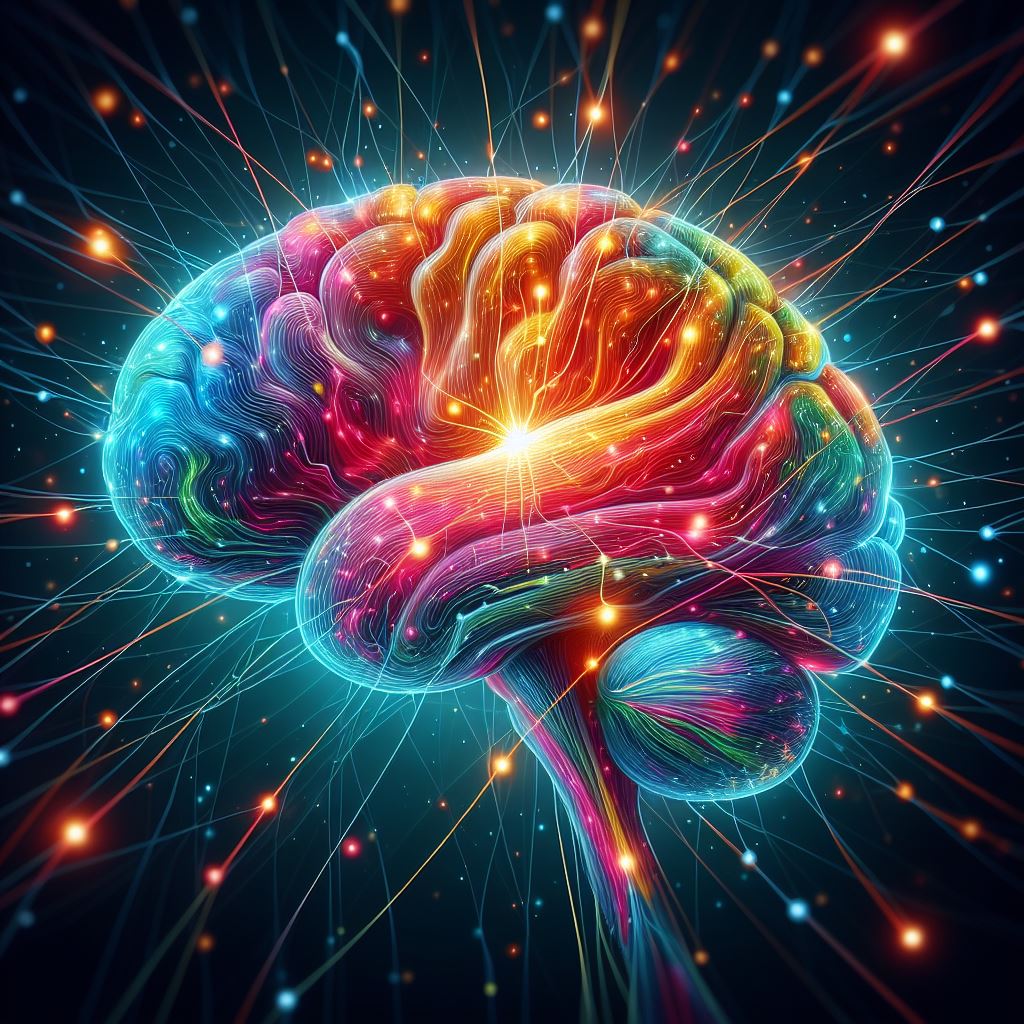The most comprehensive and sophisticated multidimensional maps of gene regulatory networks in the brains of individuals with and without mental illnesses have been developed by a group of researchers. These maps describe in detail the numerous regulatory components that synchronise the cellular and biochemical processes in the brain. The National Institutes of Health (NIH) funded the research, which mapped gene control networks across several brain-related illnesses and phases of brain development using postmortem brain tissue from over 2,500 donors.
These groundbreaking findings advance our understanding of where, how, and when genetic risk contributes to mental disorders such as schizophrenia, post-traumatic stress disorder, and depression,
Moreover, the critical resources, shared freely, will help researchers pinpoint genetic variants that are likely to play a causal role in mental illnesses and identify potential molecular targets for new therapeutics.
Joshua A. Gordon, M.D., Ph.D.
The study is released widely in the themes:
- Population-level analyses that link genetic variants, regulatory elements, and different molecular forms of expressed genes to regulatory networks at the cellular level, in both the developing brain and adult brain
- Single-cell-level maps of the prefrontal cortex from individuals diagnosed with mental disorders and neurodevelopmental disorders
- Experimental analyses validating the function of regulatory elements and genetic variants associated with quantitative trait loci (segments of DNA that are linked with observable traits)
The analyses cover various cortical and subcortical areas of the human brain, building on earlier discoveries. Numerous vital functions, including decision-making, memory, learning, emotion, reward processing, and motor control, are significantly influenced by these brain regions.
A protein-coding gene pool makes up around 2% of the human genome. Segments of DNA that assist in controlling the function of those genes make up the remaining 98%. Using standardised procedures and data processing techniques, researchers in the NIMH-funded PsychENCODE Consortium are creating a complete image of these regulatory components in the human brain to get a better understanding of how brain structure and function contribute to mental illnesses.
The publications include fresh techniques and resources to aid in the analysis and exploration of the vast amount of data generated by this endeavour in addition to these findings. Among these tools is the web-based platform called PsychSCREEN, which provides interactive visualisation of data from various brain cell types in people with and without mental problems. For the benefit of the larger research community, these techniques and resources when combined offer an extensive, integrated data repository.
The second phase of the PsychENCODE Consortium’s discoveries is the subject of the articles. The goal of this endeavour is to increase our knowledge of the roles that gene regulation plays in both healthy and diseased brains.
Also Read| Complex diseases can be cured by a new Gene-editing technology
These PsychENCODE Consortium findings shed new light on how gene risk maps onto brain function across developmental stages, brain regions, and disorders,
The work lays a strong foundation for ongoing efforts to characterize regulatory pathways across disorders, elucidate the role of epigenetic mechanisms, and increase the ancestral diversity represented in studies.
Jonathan Pevsner, Ph.D.
Source: National Institute of Mental Health-Science News
Journal Reference: The PsychENCODE papers are presented as a collection on the Science website.
Last Modified:




